Drugs, fake IDs and counterfeit goods are only the beginning of what Customs and Border Protection (CBP) officers seize on a daily basis. Here are nine crazy things people have tried to sneak across international borders:1. Live pigeonsCustoms officials stopped a 23-year-old Australian man after they discovered two eggs in a vitamin container in his luggage. It was under his pant legs that they discovered pigeons wrapped in padded envelopes and secured to each of the man’s legs with a pair of tights. Officials also seized seeds in his money belt and an undeclared eggplant.Feb. 1: An Australian man was caught with two pigeons hidden in his pants on an international flight from Dubai to Melbourne, Australia. (AP)
The bird smuggler arrived in Australia on a flight from Dubai in February 2009. Charges of wildlife smuggling carry a maximum penalty of 10 years in prison and a fine of about $70,430.
2. Egyptian mummy linen
CBP officers in Michigan seized five jars of ancient Egyptian mummy linen coming illegally through the northern border in May 2019.Mummy linen
Inspection of a shipment on a Canadian mail truck in Marysville on May 25 revealed the illegal antiquities believed to be from between 305 to 30 BCE, the agency said. The U.S. government focused on repatriating the artifacts back to Egypt.
3. Live tarantulas
Tarantula's confiscated by the U.S. Fish and Wildlife Service are shown in this December 3, 2010 handout photo released to Reuters January 18, 2011. REUTERS/U.S. Fish and Wildlife Service/Handout
Yuck! A German man in 2011 pled guilty to shipping hundreds of live tarantulas into the U.S. through the mail. Sven Koppler, 37, admitted mailing some 247 live tarantulas to federal agents in Los Angeles, who were posing as buyers as part of an investigation dubbed “Operation Spiderman,” according to Reuters.
The investigation began when a routine inspection revealed about 300 live tarantulas in a package he mailed to Los Angeles. U.S. Fish and Wildlife Service agents placed more orders for spiders from Koppler and were sent a total of five packages containing dozens of live and dead tarantulas. Koppler was arrested when he traveled to Los Angeles months later. He received a total of $300,000 from tarantula sales to spider fanciers in dozens of countries.
4. Man disguised as a car seat
Mexican national Enrique Aguilar Canchola can be seen sewn into a passenger seat of a vehicle in an attempt to illegally enter the U.S.Enrique Aquilar Canchola, a 42-year-old Mexican national, hides in the seat of a vehicle as part of an attempt to illegally emigrate to the United States at the San Ysidro border crossing in San Ysidro, California, June 7, 2001.
Canchola was stopped at the San Ysidro border crossing in California in 2001. This was only the beginning of intricate and potentially dangerous compact spaces undocumented immigrants have tried to squeeze into to cross the U.S. border.
5. Black market bologna
In November 2019, CBP officers seized more than 150 pounds of the curious deli meat at port of entry in El Paso, Texas. The CBP said bologna is prohibited to cross the border due to its pork content. Pork products from overseas could introduce foreign animal diseases to the U.S. pork industry. The smuggler tried to tell officers it was turkey ham when questioned about the red rolls lying in the back of his truck.Bologna
6. Live songbirds
Sony Dong, 56, was arrested in 2016 for again trying to smuggle endangered “good luck” songbirds into Los Angeles from Vietnam. He was sentenced to a year and a half in prison in 2018 and ordered to pay a $5,500 fine after the judge said the conditions in which the tiny birds were trafficked -- taped to the legs and ankles of smugglers -- were “deplorable,” according to the East Bay Times.Songbirds
In 2010, Dong had been sentenced to four months in prison after Customs officers found 14 live Asian songbirds, individually wrapped in cloth and strapped to his legs as he tried to pass through LAX after a 15-hour flight from Ho Chi Minh City.
The tiny birds reportedly cost a few dollars each in Southeast Asia but collect between $500 and $1,000 when sold illegally at Chinese markets in Southern California.
7. A whole pig’s head
Hardy the Beagle, who works for CBP as an agriculture detector, discovered this roasted pig’s head and other remnants at Atlanta's Hartsfield-Jackson International Airport in October 2018. A passenger traveling from Equador was relieved of his leftovers and they were destroyed to avoid introducing foot and mouth disease, classical swine fever and other animal diseases.In this Oct. 11, 2018 photo provided by the U.S. Customs and Border Protection, CBP Agriculture Detector K-9 named Hardy looks at a roasted pig’s head at Atlanta’s Hartsfield-Jackson International Airport.(U.S. Customs and Border Protection via AP)
8. Dead birds for pet food
Just this week Customs announced that agents in Washington, D.C., seized a package of dead birds from the luggage of a passenger traveling from China. CBP agriculture specialists inspected the passenger’s bag and found the prohibited birds, which the passenger said were food for his cat. Officers seized and incinerated the deceased animals so as to avoid spreading the highly contagious bird flu.Agriculture specialists with the U.S. Customs and Border Protection (CBP) seized a package of dead birds from the luggage of a passenger traveling from China.
9. Live tropical fish
This may have been the most daring attempt of them all. Customs officials stopped a woman in 2005 when she arrived in Melbourne off a flight from Singapore. There they found 51 live tropical fish in plastic bags tucked into a custom-made apron tied around her waist."Goldfish market in Tung Choi Street in Hong Kong, China"
"During the search, customs officers became suspicious after hearing 'flipping' noises coming from the vicinity of her waist," the Australian Customs Service said in a press release. "An examination revealed 15 plastic water-filled bags holding fish allegedly concealed inside a purpose-built apron." See the photo at NBC.
They weren't kidding wit the weird!!!
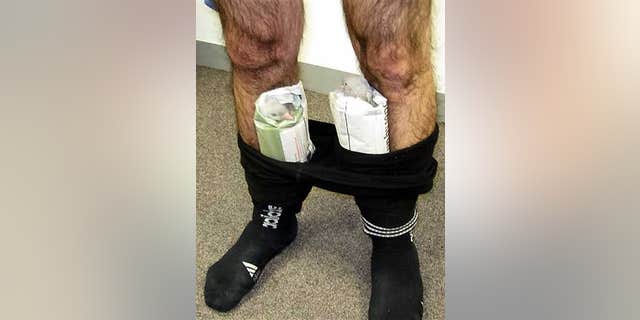

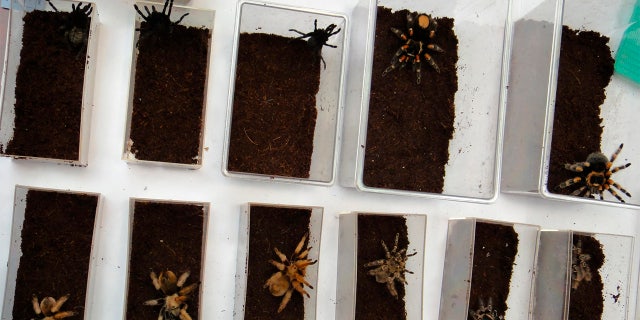

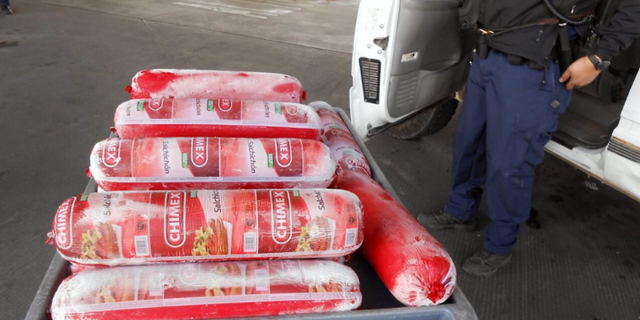
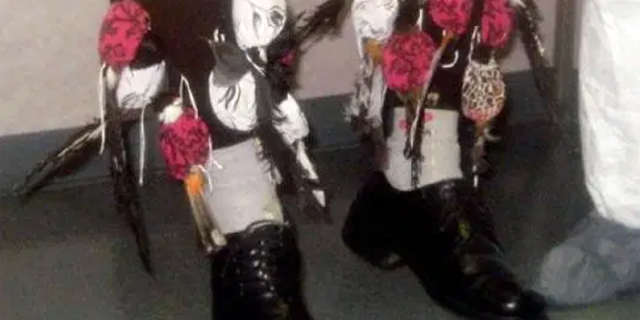
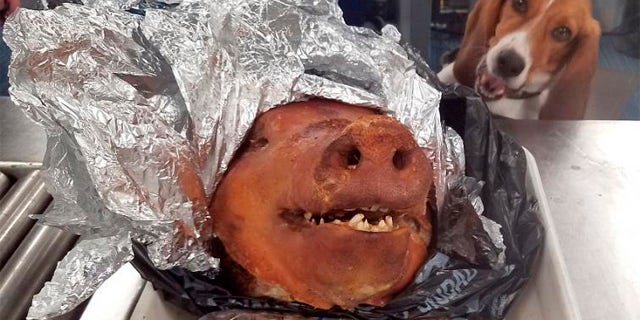


No comments:
Post a Comment